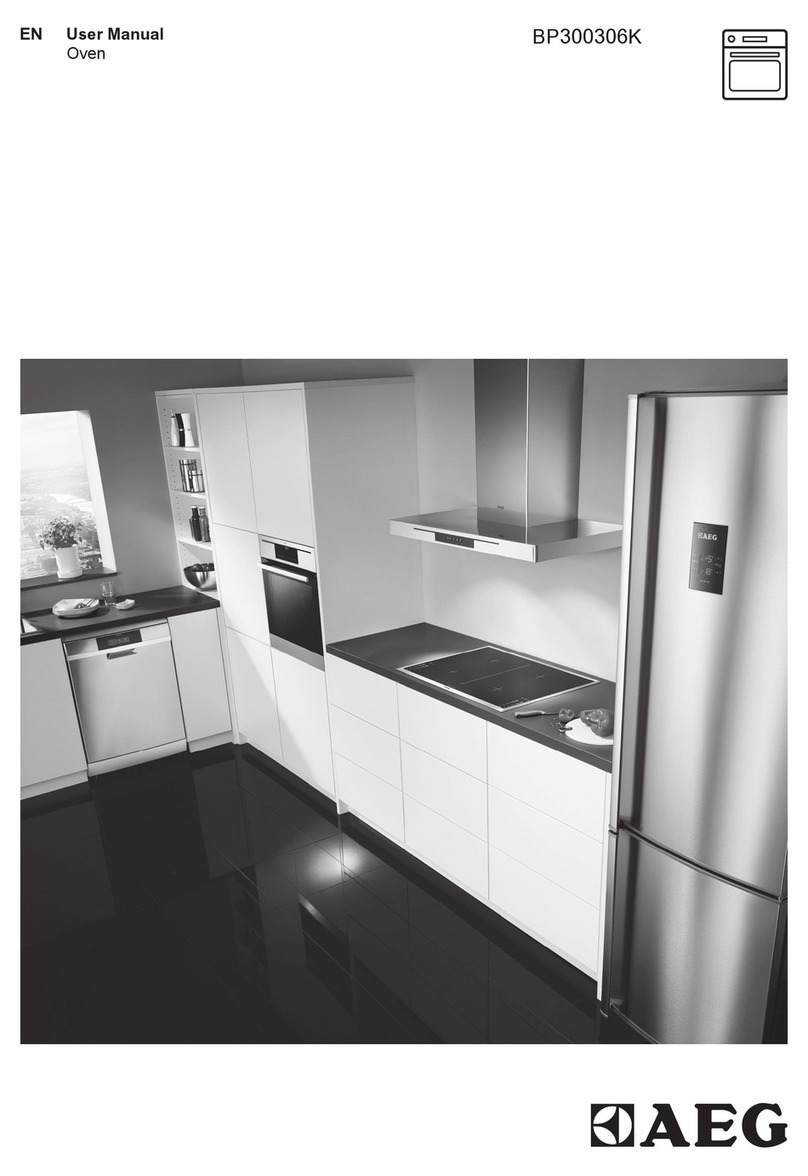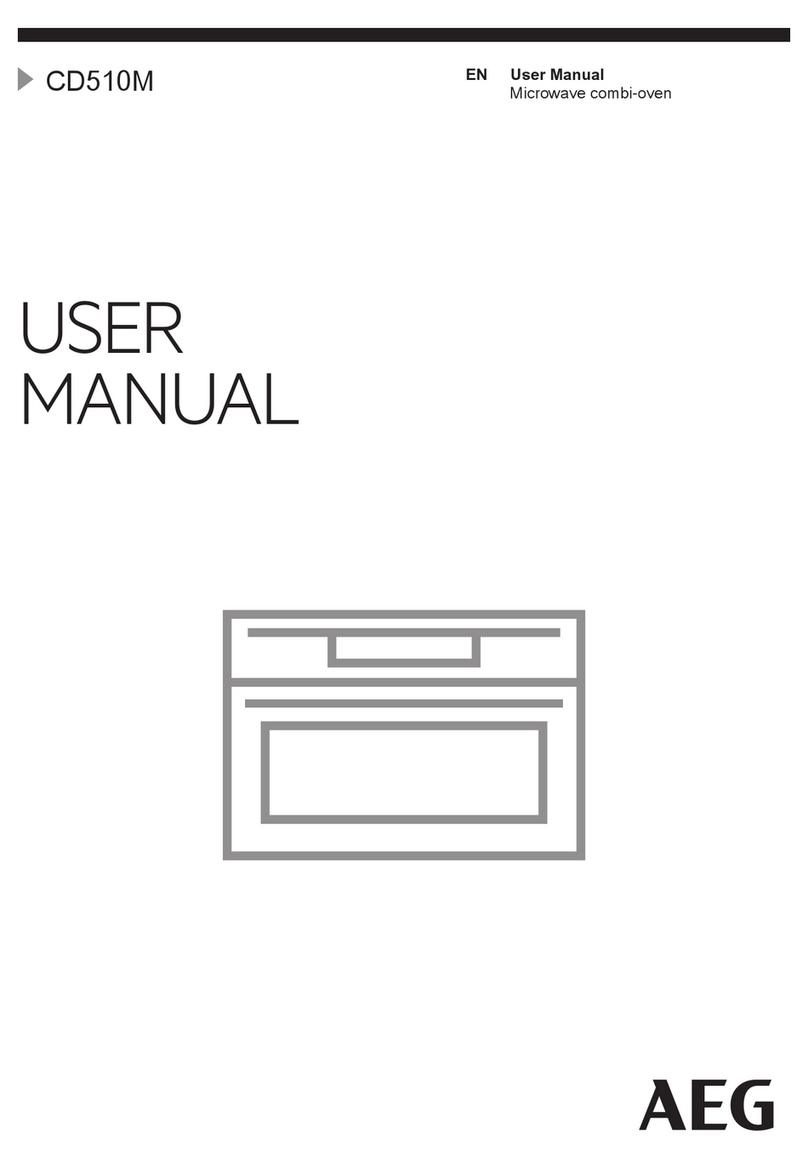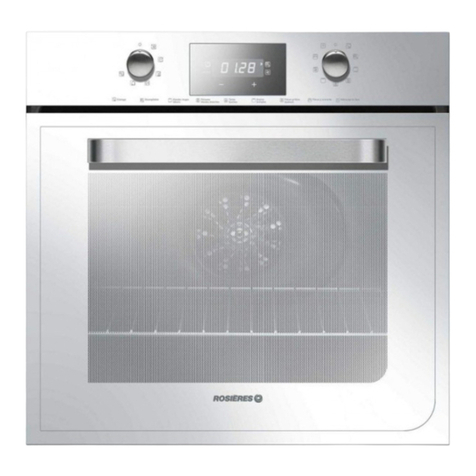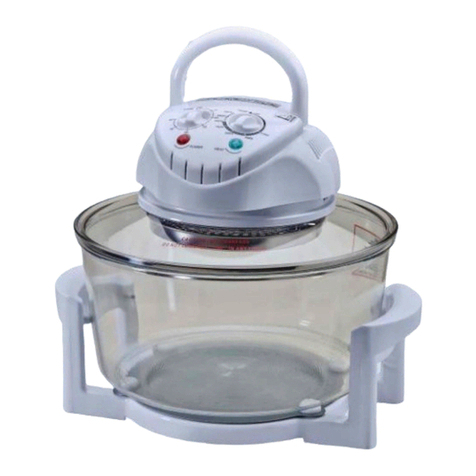AEG Competence 5209 B User manual
Other AEG Oven manuals

AEG
AEG EP5013031M User manual
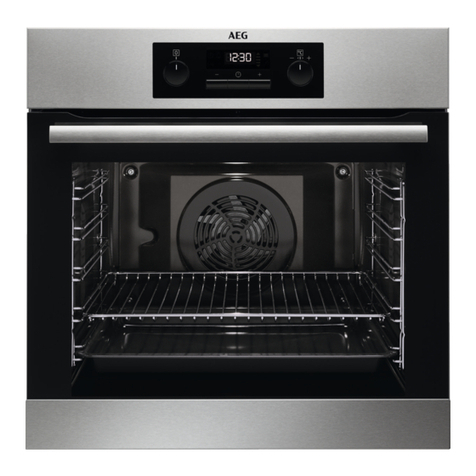
AEG
AEG BPB331021M User manual
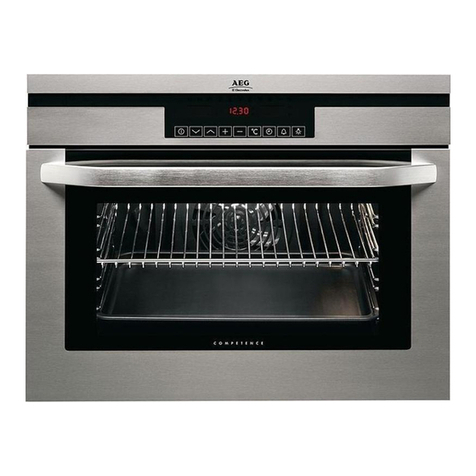
AEG
AEG COMPETENCE KB68004-5-M User manual
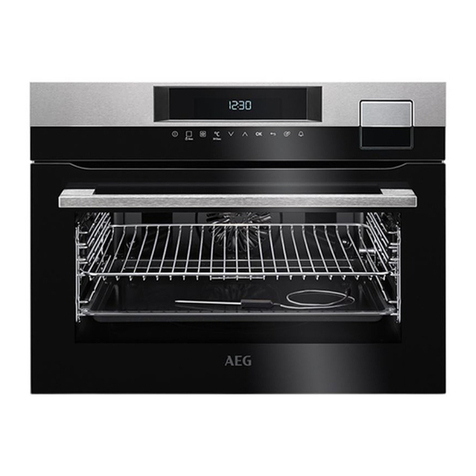
AEG
AEG KSK792220M User manual
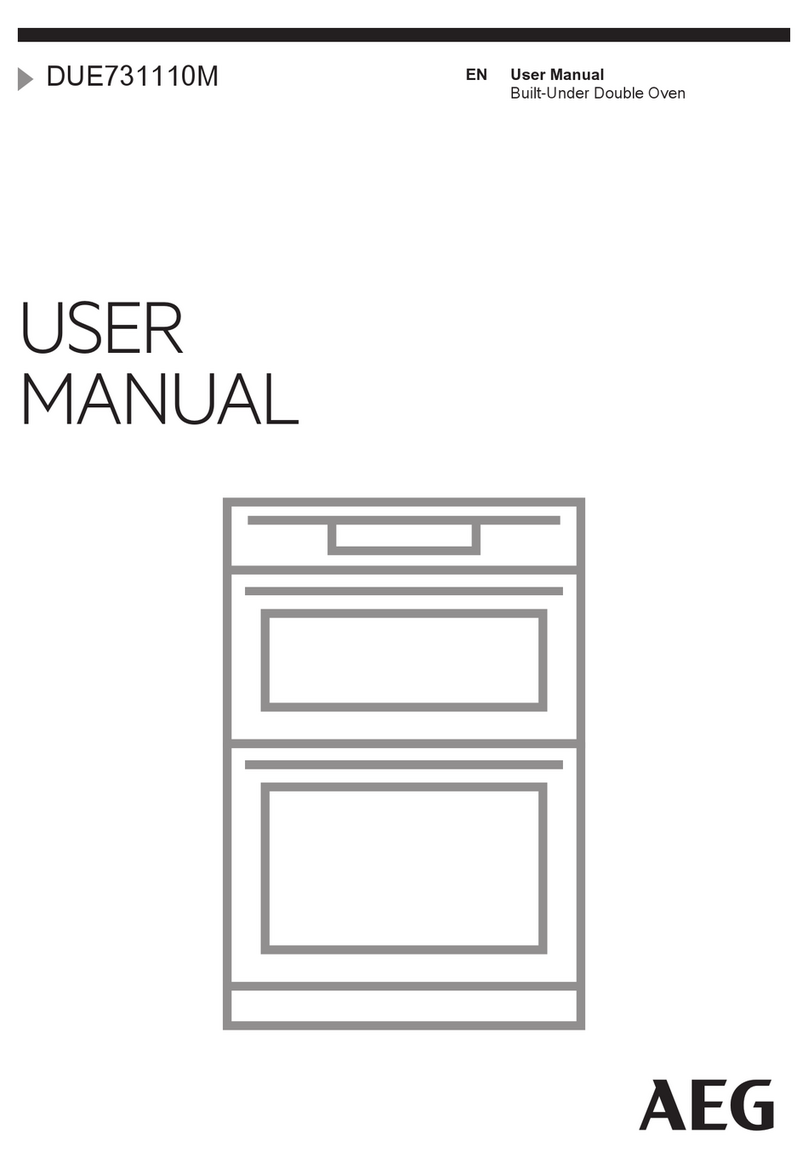
AEG
AEG DUE731110M User manual
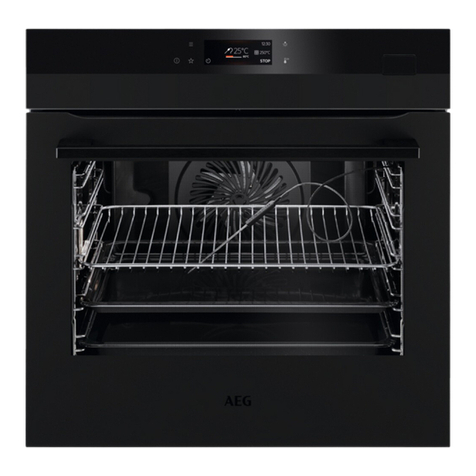
AEG
AEG BSK778380T User manual
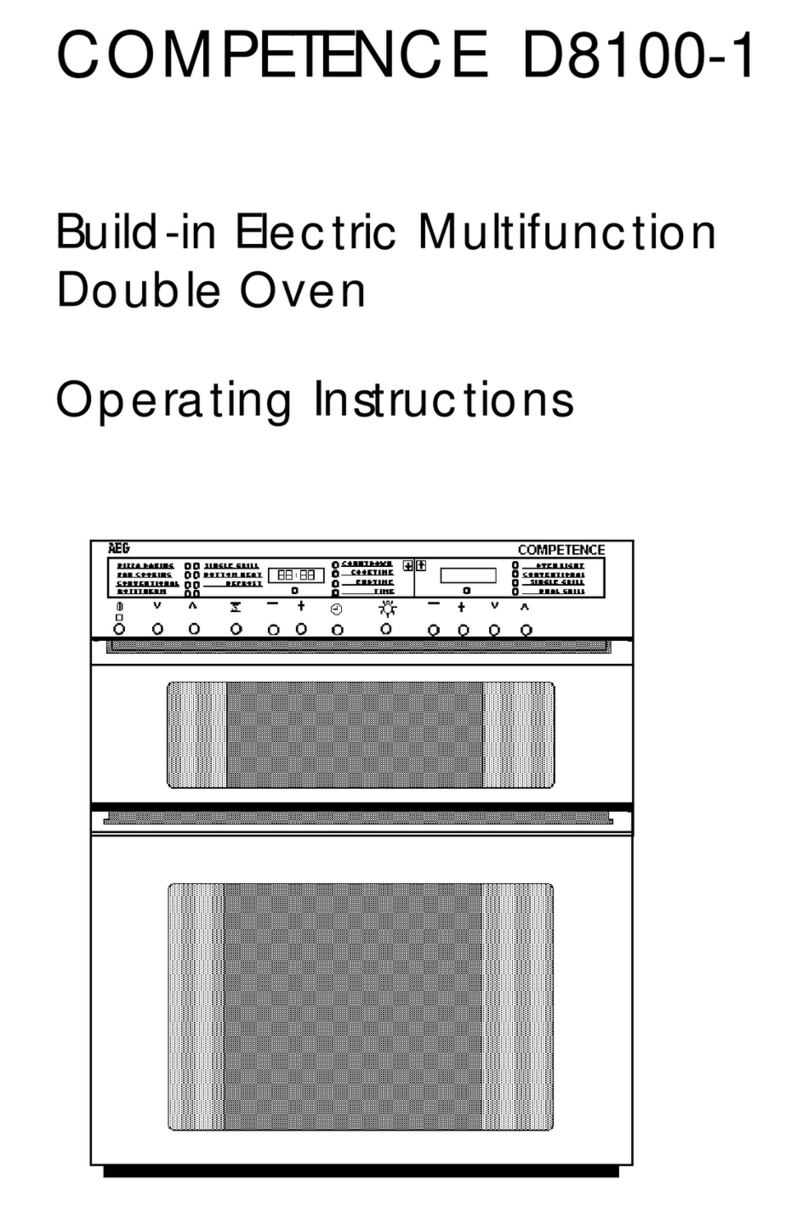
AEG
AEG COMPETENCE D8100-1 User manual
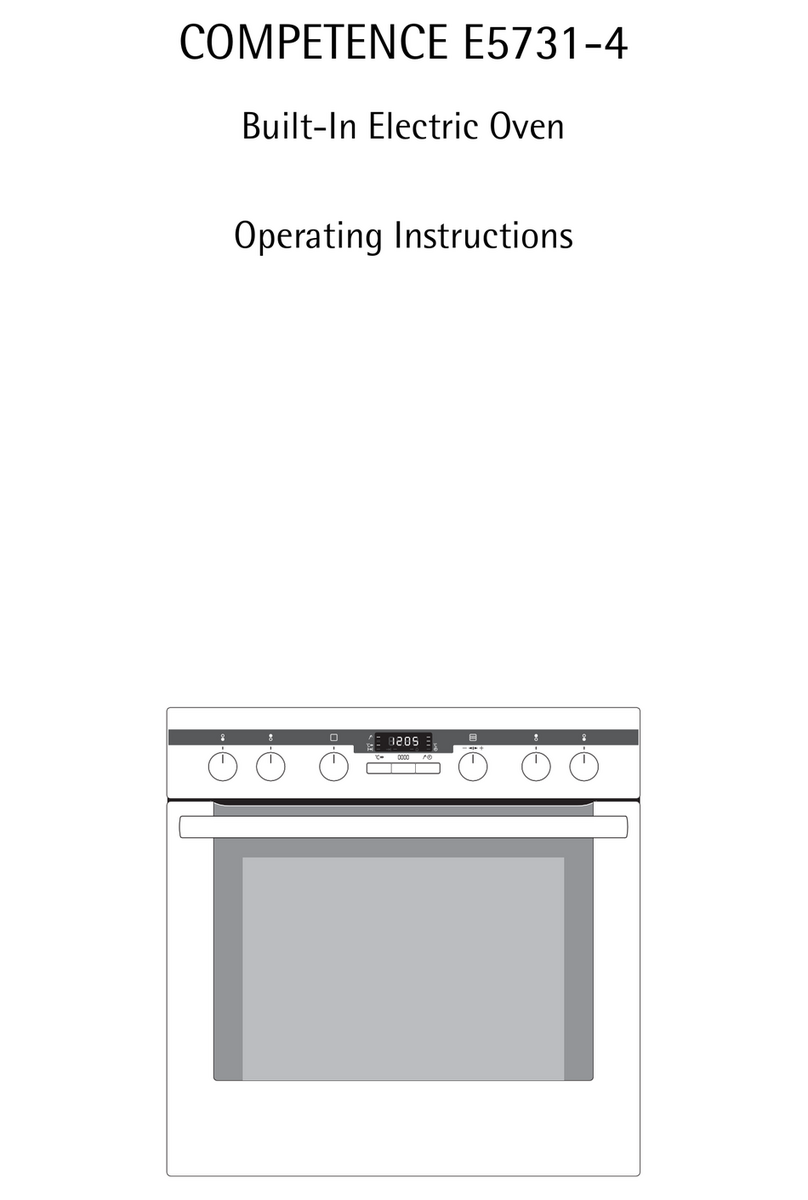
AEG
AEG COMPETENCE E5731-4 User manual
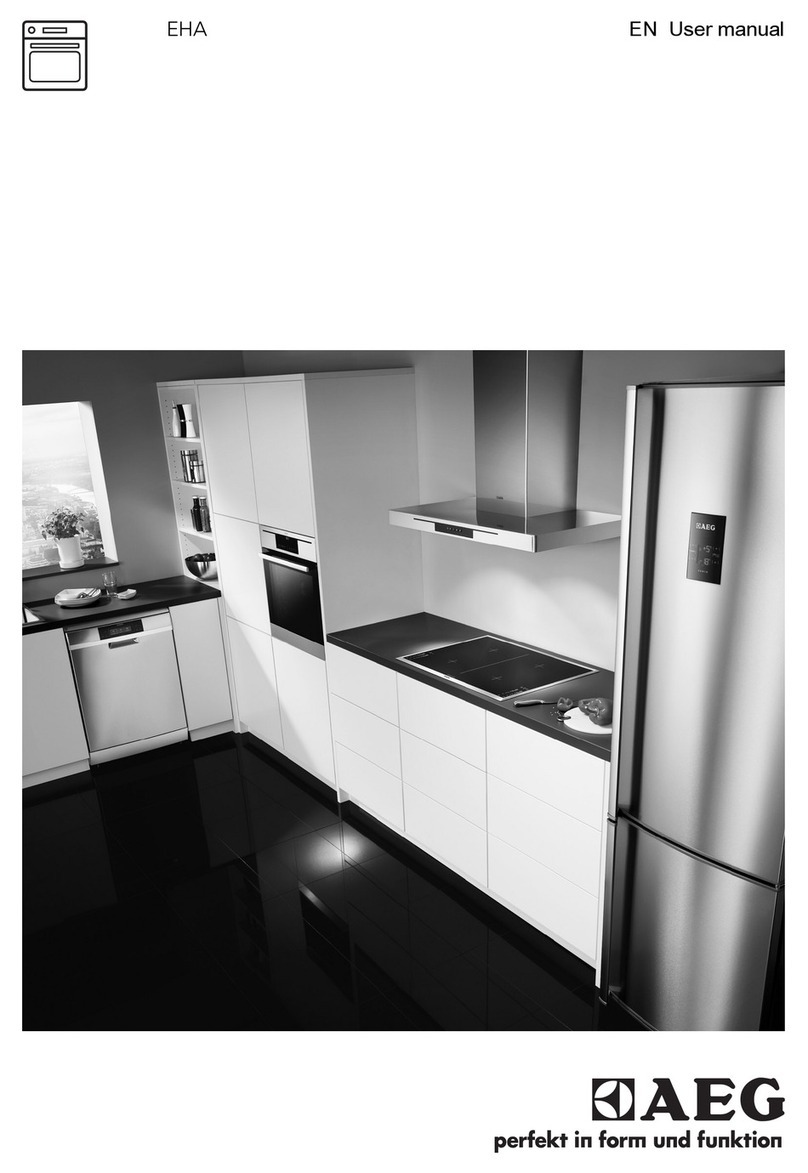
AEG
AEG EHA User manual
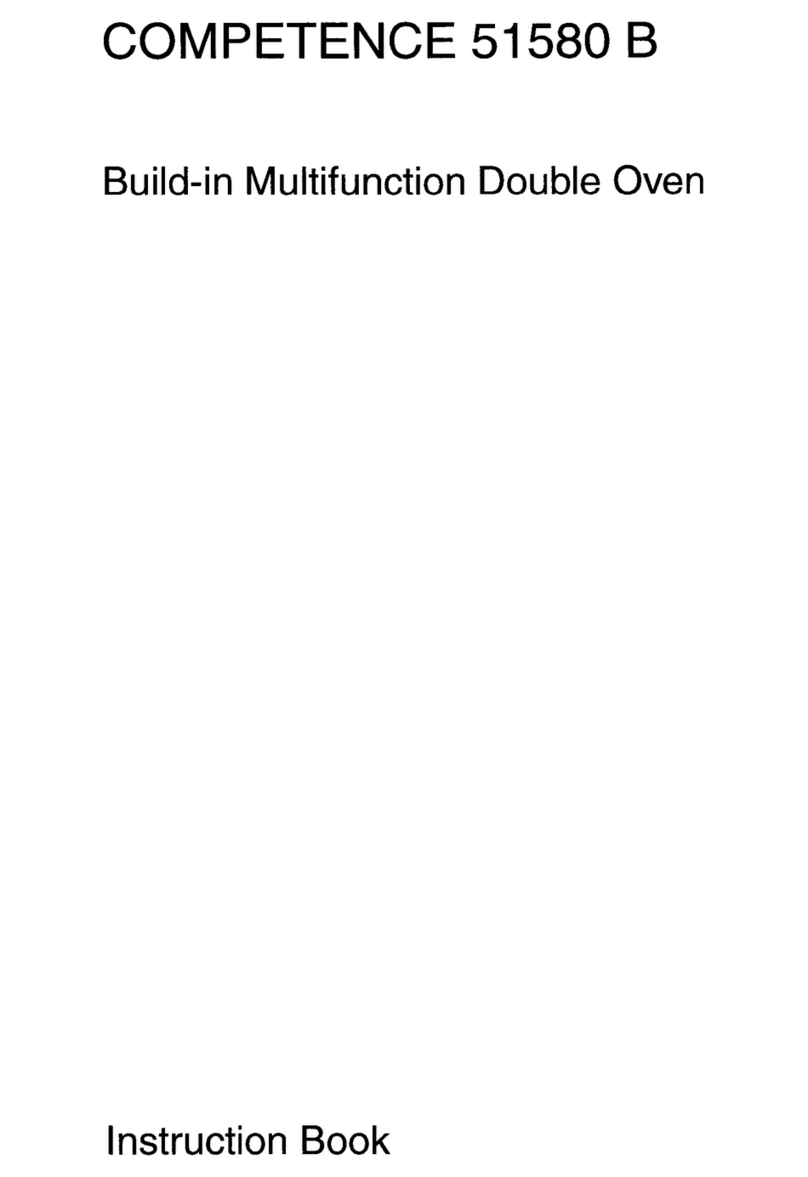
AEG
AEG COMPETENCE 51580 B User manual
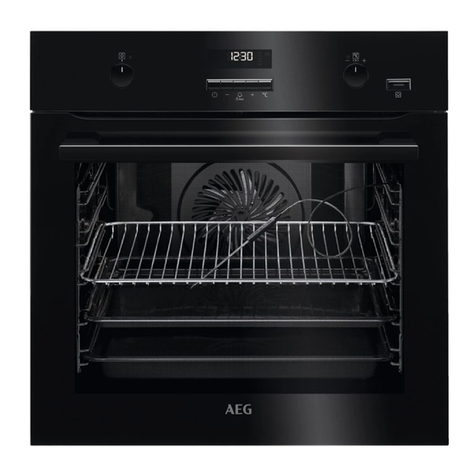
AEG
AEG BPE552220B User manual
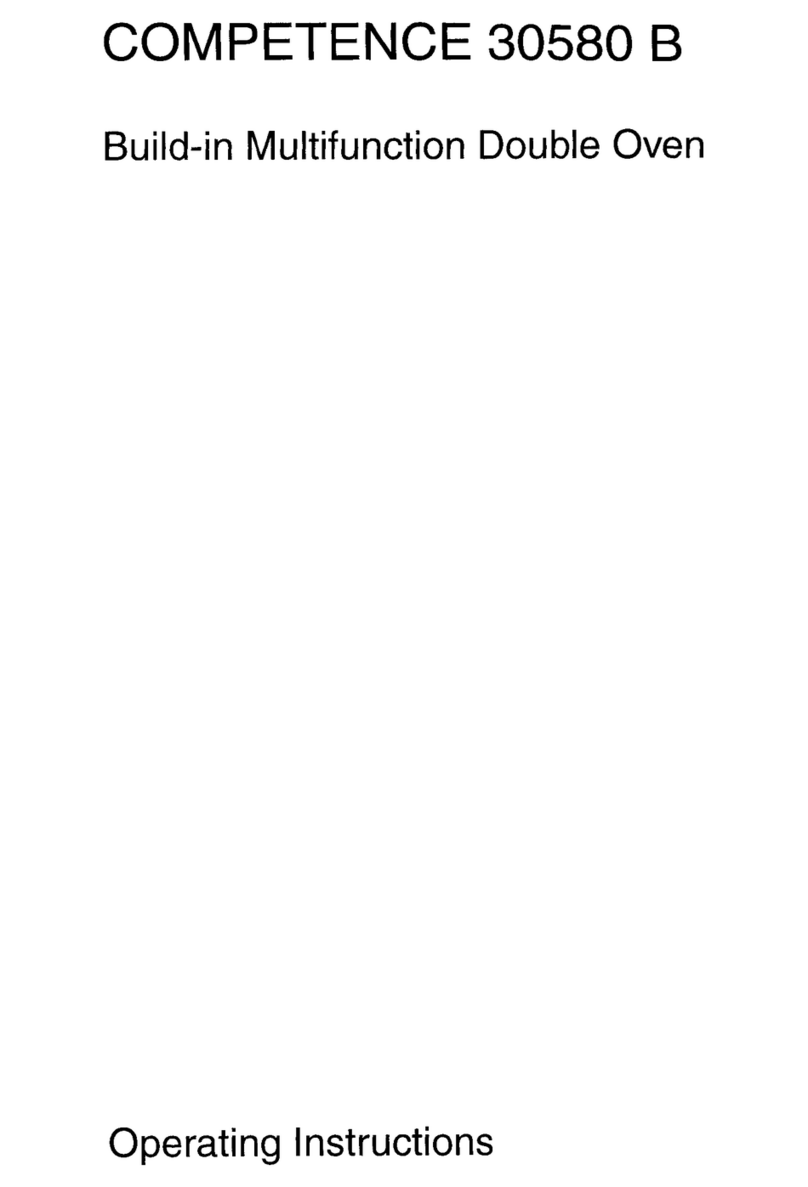
AEG
AEG COMPETENCE 30580 B User manual
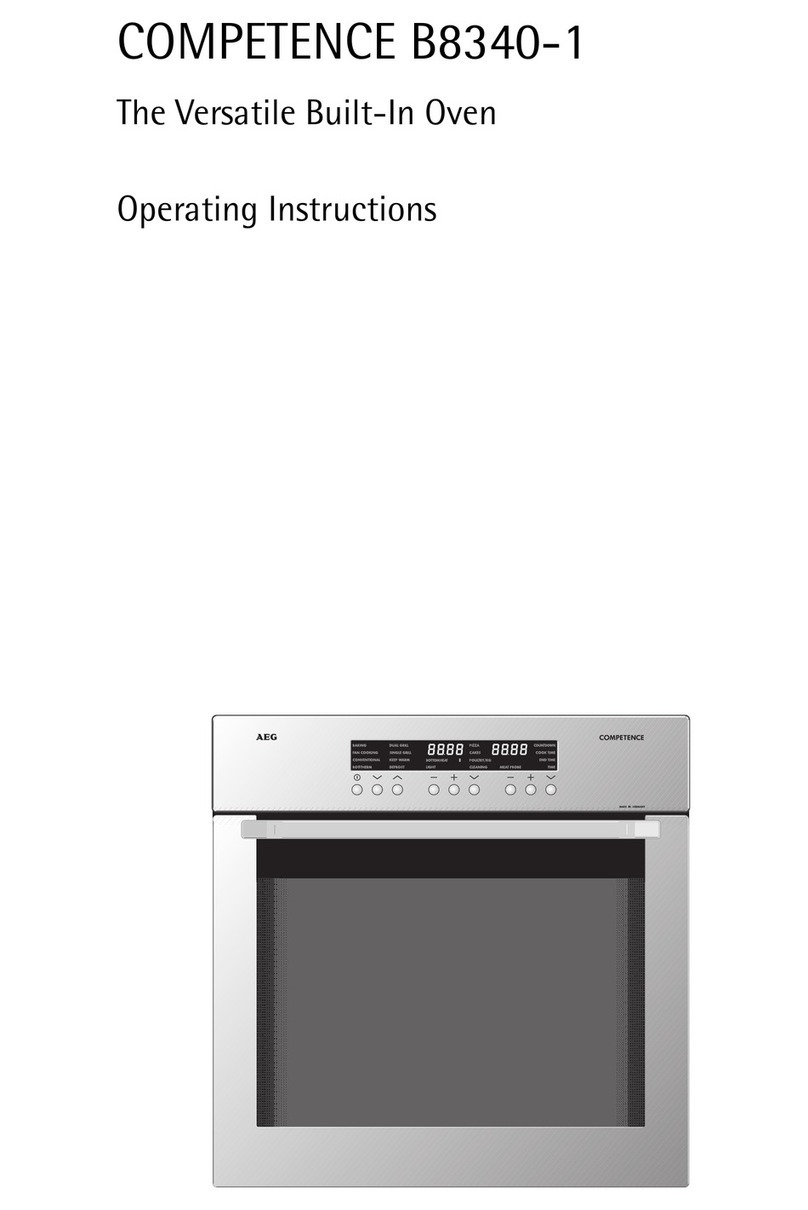
AEG
AEG COMPETENCE B8340-1 User manual

AEG
AEG BP7314021M User manual
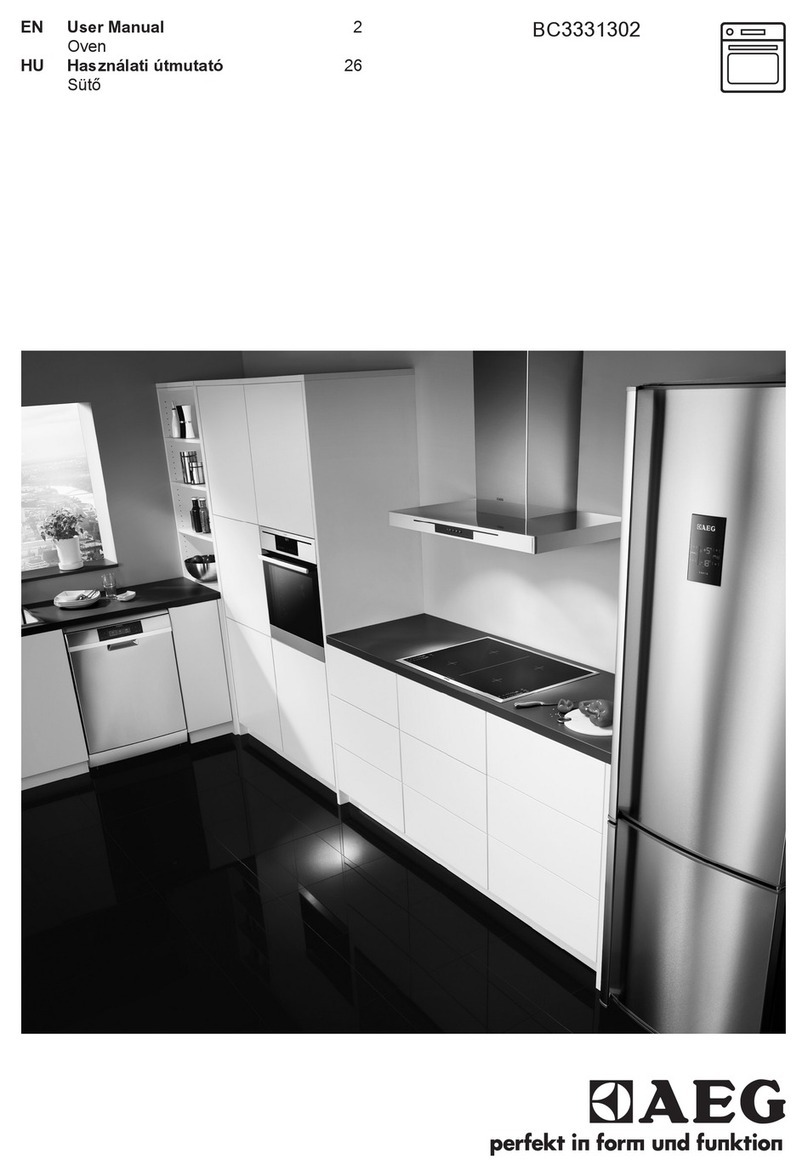
AEG
AEG BC3331302 User manual

AEG
AEG BSE978330M User manual

AEG
AEG BPE948730M User manual

AEG
AEG DCB331010M User manual

AEG
AEG EEB230010 User manual
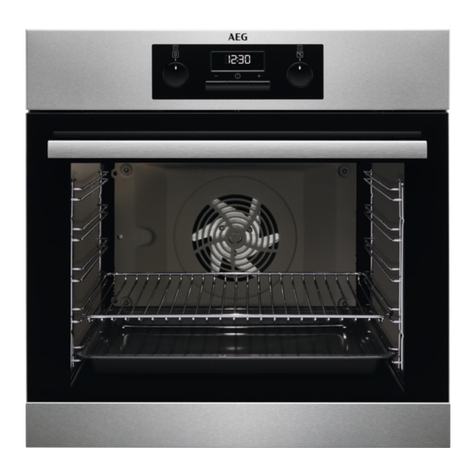
AEG
AEG BCB331011M User manual
